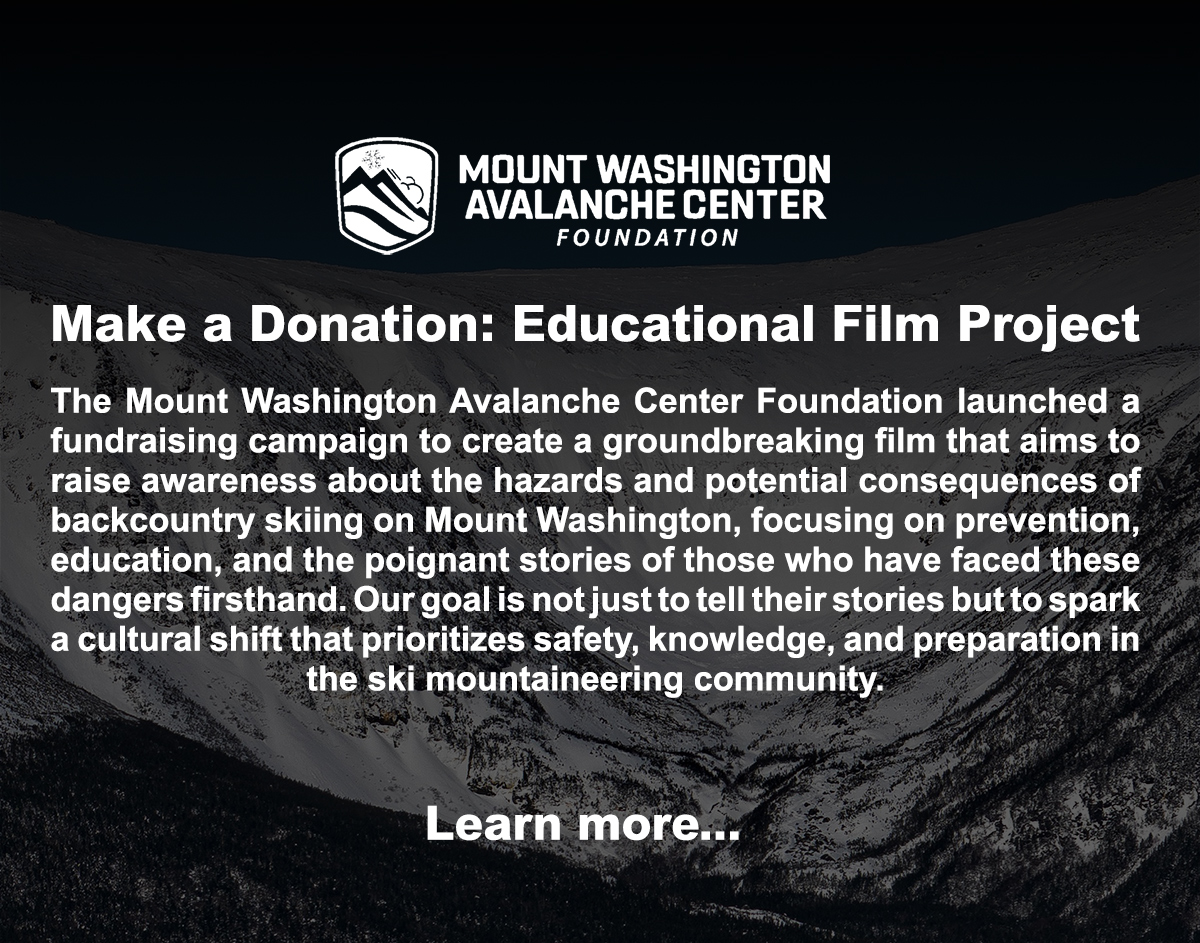After spending the night at the Harvard Cabin, DM and SS planned to climb Damnation Gully. DM had climbed the route previously but it was to be SS’s first ice climb. They left the cabin shortly before 11:00am and started their climb sometime around noon. According to DM they encountered a lot of wet ice, poor belay stations and poor quality ice. These, in addition to underestimating the length of the gully, led to a slow ascent. They decided not to rappel as SS had never done so before and the pair reached the top of the gully near dusk. When they did top out they encountered high winds from the WNW which prevented them from making their way around to the Escape Hatch. They tried to find a descent route towards Nelson Crag but due to the winds and poor visibility the two turned back towards Huntington and found a sheltered spot to hunker down for the evening. The Forest Service was contacted by the Harvard Mountaineering Club (HMC) caretaker at 10:00pm informing them the pair was overdue from their climb. Winds at that time were reported to be gusting to 70 mph and the temperature was -6F. The HMC and AMC caretakers went into Huntington between 1:00-2:00 am, yelling into the darkness and looking for any sign of lights. When they did not find anything, rescue teams from Mountain Rescue Service (MRS) and Androscoggin Valley Search and Rescue (AVSAR) were contacted to be ready at first light to search for the pair. One team of rescuers was transported up the Auto Road in the Mt Washington State Park snowcat to begin looking above Huntington Ravine from the Alpine Garden and Huntington Ravine Trails. Other teams were transported up to the Lion Head Trail and into Huntington Ravine. At dawn the pair once again tried to make their way to the Escape Hatch. By morning temperatures had dropped to -17F and winds were about 80 mph with higher gusts. At times rescuers were on their hands and knees hunkering down from the wind. Fog and blowing snow made visibility difficult. As the fog lifted DM & SS were spotted near the top of Central Gully. Rescuers reached them around 8:30am, gave them food and water and assisted them to the Auto Road and the waiting snowcat. They were suffering from frostbite and hypothermia. At the base of the Auto Road the pair were transferred to a waiting ambulance and taken to Androscoggin Valley Hospital.
This rescue was an outstanding example of team work. If not for the skill and organization of the local search and rescue community as well as the clearing visibility, the result of the search could very well have been different. Knowing the weather forecast; providing adequate time to complete your objective; having appropriate gear for emergency situations; and having the ability to change plans when the weather or situation dictates are crucial components to safe mountain travel in any season. This rescue took 32 people and 10 hours to complete.
The U.S. Forest Service Snow Rangers would like to thank the Mountain Rescue Service, Androscoggin Valley Search and Rescue, Mount Washington State Park, the Harvard Mountaineering Club, the Appalachian Mountain Club and the Mount Washington Observatory for all their help in making this a successful rescue.
